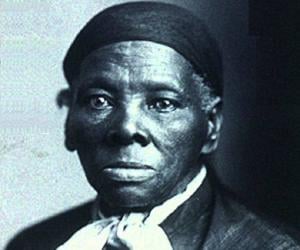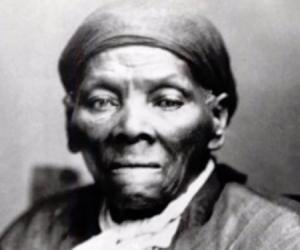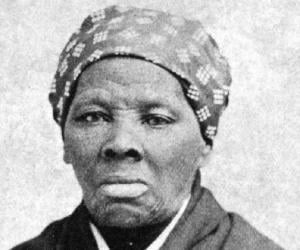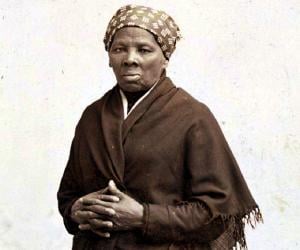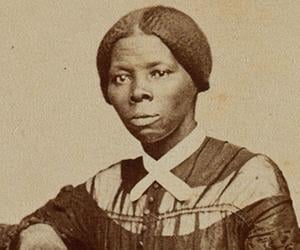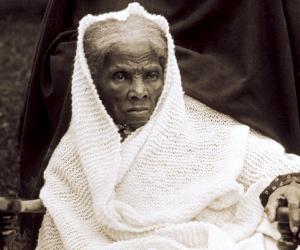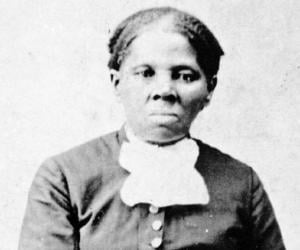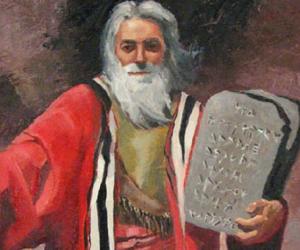Born In: Dorchester County, Maryland, United States
Harriet Tubman
Harriet Tubman was an American political activist and abolitionist.Born into slavery, Harriet escapedcaptivity and conducted 13 rescue missions to free approximately 70 enslaved people. Helping other enslaved blacks escape their miserable fate and lead a life of dignity became her life’s mission. She had a very tough childhood as she was born to parents who were bonded slaves. As a young girl, she was made to do back-breaking work.She was also subjected to physical assault; once, she was hit on her head so hard that she suffered from seizures, narcoleptic attacks, and severe headaches throughout her life. But she was never disheartened by her problems and strived towards helping other people, including family and friends, escape slavery. She also worked as a cook, nurse, and spy for the Union Army during the ‘American Civil War’ and became the first woman to lead an armed expedition in the war when she led several hundreds of slaves in the ‘Combahee River Raid.’ She played an active role in the women’s suffrage movement in New York and spent her later years tending to her family and other people in need.
Born In: Dorchester County, Maryland, United States
